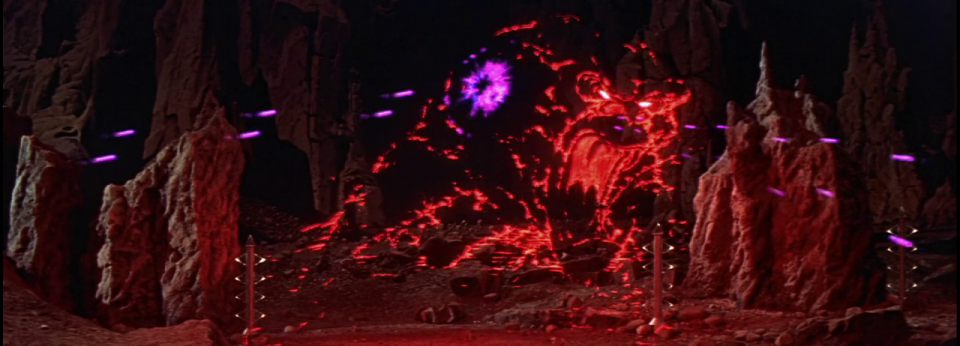Today’s theory:
It’s usually easy to guess the meaning of an unfamiliar word if you know the meaning of the words that surround it. But what if those words don’t make sense either?
That’s more or less what a “learning curve” is: the struggle to navigate a new territory where most of the references are to other places in that same new territory.
Making your way up the curve is easy – if you’re already on the curve.
If you’re starting out from the bottom, there’s nothing to grab onto.
We usually think the solution is: time. Spend time working through the details, and eventually the path will become visible.
But I don’t actually think it works this way. The path doesn’t become visible all by itself.
When does the process start to make sense? When we connect something unfamiliar to something we already know.
In other words: learning begins when we stumble upon the start of the path.
Teachers recognize that lessons follow a progression, e.g. advanced math requires basic math.
But there’s another word which describes the path from outside of a subject to the inside of a subject. We call it a story.
A story may start in the middle, or the beginning, or even at the end of a chain of events.
But it must always start out with some detail we understand.
In other words, a story isn’t a path through time. A story is a path through understanding. We begin with the part that is useful despite our having no established relationship with the story; we end with the part that makes sense only after we’ve passed through the rest.
Communicating with other people means understanding where the story must begin for them. A map of the top of the tallest mountain is of no use to those halfway up a different mountain.
If my words aren’t making sense to you, more of my words won’t solve the problem. I need to start with a few of yours.
